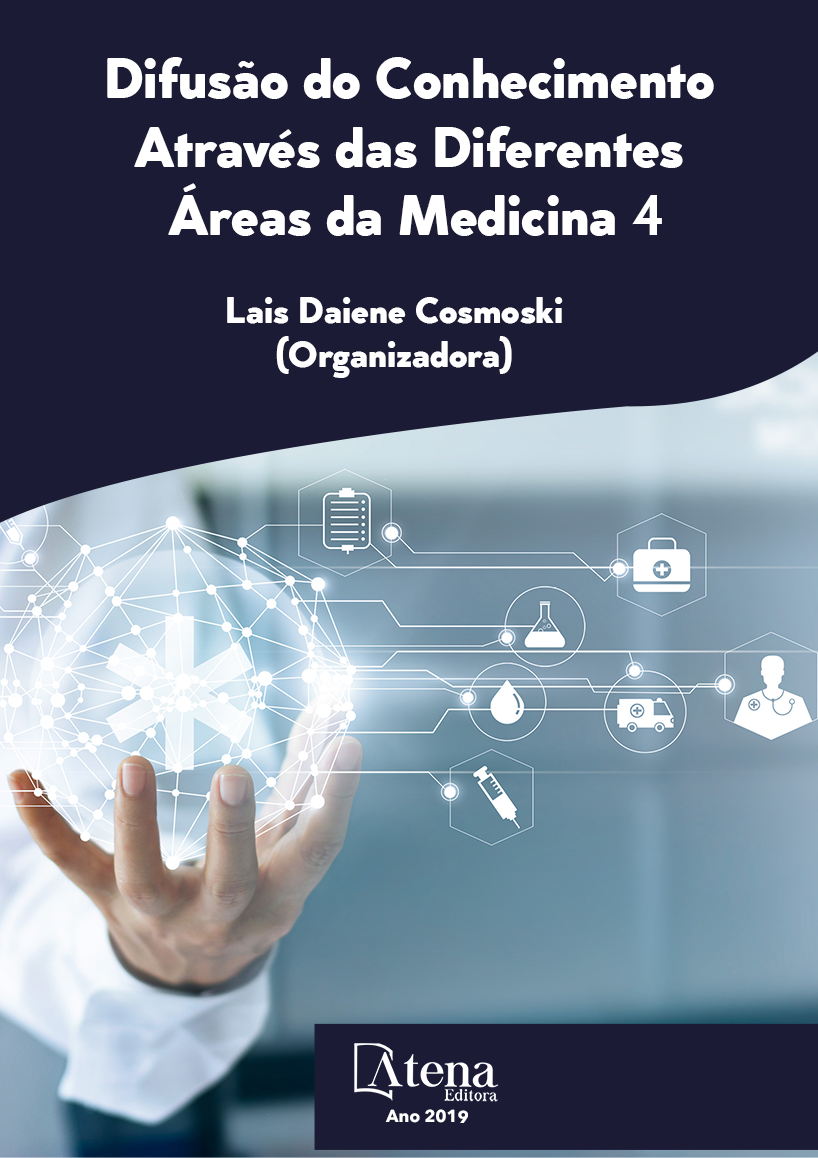
BIOMARCADORES DE ESTRESSE OXIDATIVO E HIPERTENSÃO EM UMA POPULAÇÃO AFRODESCENDENTE DO RS
Introdução: A hipertensão é uma doença multifatorial que afeta predominantemente negros, existindo inclusive orientações diferenciadas sobre o tratamento indicado. Como o estresse oxidativo promove disfunção endotelial até progressivamente causar danos em macromoléculas, pode ocorrer um aumento de doenças crônicas não transmissíveis, entretanto, em populações brasileiras são escassos os relatos do papel da hipertensão sob os níveis de dano ou proteção oxidativa. Objetivo: Verificar a influência da hipertensão em biomarcadores de estresse oxidativo. Materiais e Métodos: O trabalho foi aprovado pelo Comitê de Ética em Pesquisa da UNIPAMPA (nº 977.827). Após leitura de TCLE, sujeitos autodeclarados negros responderam a um questionário e foi realizada punção venosa para as dosagens bioquímicas de estresse oxidativo, com metodologias padronizadas. Resultados: Participaram do estudo 203 indivíduos, 57,4% autodeclarados pretos e 42,6% autodeclarados pardos. A maioria era do sexo feminino (79,8%, n=162), sedentária (64,7%, n=130), e hipertensa (53,2%, n=108). Na comparação entre os grupos, houve diferenças significativas nos valores de carbonilação (hipertensos=6,14±2,68nmol/mg proteína; não hipertensos=5,30±2,02nmol/mg proteína; p=0,04), indicando que hipertensos apresentam maior dano, e na atividade da GPx (hipertensos=1711,12±193,22U/mg proteína; não hipertensos=1769,15±141,67U/mg proteína), o que pode sugerir um aumento compensatório na via oxidativa. Nos demais biomarcadores não houve diferenças entre os grupos. Conclusão: A hipertensão foi associada com estresse oxidativo, tanto na carbonilação proteica quanto na atividade da enzima Gpx. O grupo hipertenso apresenta um desequilíbrio oxidativo que pode levar a disfunção endotelial e ao acontecimento de eventos cardiovasculares, e isto é importante para a prevenção da mortalidade associada.
BIOMARCADORES DE ESTRESSE OXIDATIVO E HIPERTENSÃO EM UMA POPULAÇÃO AFRODESCENDENTE DO RS
-
Palavras-chave: negros, hipertensão, dano oxidativo.
-
Keywords: negroid race, hypertension, oxidative stress.
-
Abstract:
Introduction: Hypertension is a multifactor disease that predominantly affects blacks, and there are even differences in the indicated treatment. As oxidative stress promotes endothelial dysfunction until progressively causing damage to macromolecules, there may be an increase in noncommunicable chronic diseases, however, in Brazilian populations there area few reports of the role of hypertension under the levels of oxidative damage or protection. Aim: To verify the influence of hypertension on biomarkers of oxidative stress in blacks. Materials and Methods: The study was approved by CEP-UNIPAMPA (number 977.827). After reading the informed consent, self-reported black subjects answered a questionnaire and venipuncture was performed for biochemical oxidative stress dosages, with standardized methodologies. Results: The study included 203 individuals, 57.4% self-reported blacks and 42.6% self-declared browns. Most were female (79.8%, n=162), sedentary (64.7%, n=130), and hypertensive (53.2%, n=108). In the comparison between groups, there were significant differences in carbonylation levels (hypertensive=6.14±2.68 nmol/mg protein, non-hypertensive=5.30±2.02 nmol/mg protein, p=0.04), indicating that hypertensive patients presented greater damage, and in GPx activity (hypertensive=1711,12±193,22U/mg protein, non-hypertensive=1769.15±141.67U/mg protein, p=0.02), which may suggest a compensatory increase in the oxidative pathway. In the other biomarkers there were no differences between the groups. Conclusion: Hypertension was associated with oxidative stress in both protein carbonylation and Gpx enzymatic activity. The hypertensive group has an oxidative imbalance that can lead to endothelial dysfunction and cardiovascular events, and this is important for the prevention of associated mortality.
-
Número de páginas: 9
- Lyana Feijoó Berro
- Vanusa Manfredini
- Jacqueline da Costa Escobar Piccoli
- Patricia Maurer


